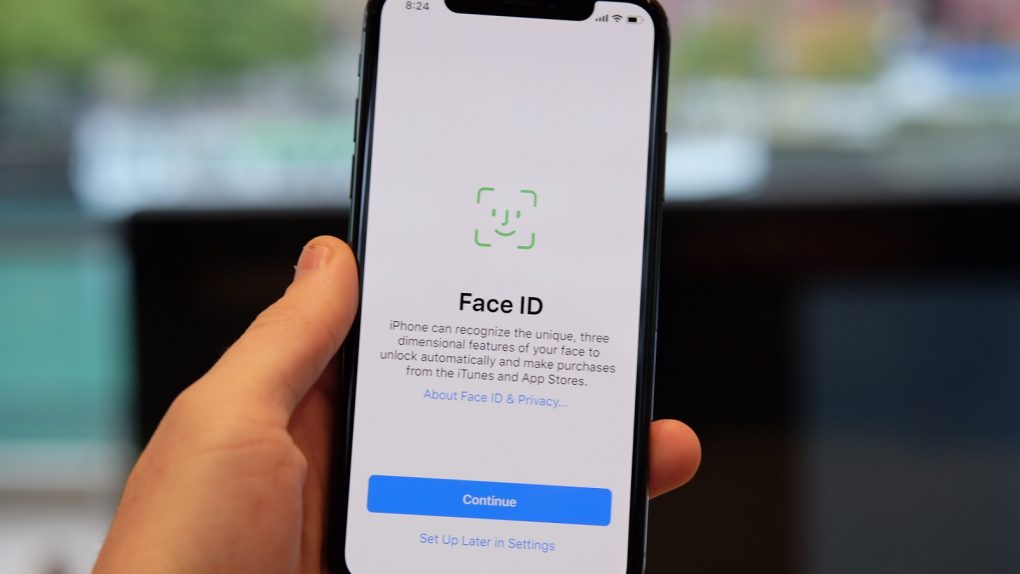The week started off on a note of doom and gloom for Apple. A report from Nikkei Asian Review yesterday suggested that Apple had cut its iPhone X orders “in half,” sparking a market slump for Apple’s shares and some truly doomsday blog posts from all corners of the internet.
But let’s just pump the brakes a little. No-one has actually seen Apple’s own sales numbers yet, and according to third-party sales data, the iPhone X isn’t a failure. Actually, stats from the well-respected Kantar Worldpanel says that the iPhone X was a top-three best-selling phone in every major market in the month of December, which is a long way from it being an abject failure.
“The flagship iPhone X made it into the top three best-selling devices in the month of December across Europe, Urban China, Japan, Australia and the United States,” Kantar’s report says. iOS loyalty (existing iPhone owners upgrading to another iPhone) hit a new high of 96 percent in the US, while iOS market share in Europe creeped up to 24.8 percent, an improvement of 0.7 percent.
“The full results for the last quarter of the year show that Apple’s decision to release three new handsets over a staggered period, including the ultra high-end iPhone X, has been a sound one,” Kantar Worldpanel ComTech Global Director Dominic Sunnebo said. “Given that in December iPhone X made it into the top three best-selling devices across all key regions, particularly in urban China where it was the top selling model, the pricing strategy seems to have been vindicated.”
By every rational measure, the iPhone X was a huge success. It’s clearly been selling well, despite the late launch and sky-high price, and Apple has every reason to be satisfied with its 10-year-anniversary iPhone.
The only problem here is the outsized expectations that the stock market attached to the iPhone X. From the moment that Apple decided on launching three new iPhones in 2017, with one of them being the most expensive ever, it should have been clear that no one individual iPhone model was going to set sales records. That just makes sense — offer more models, and you might sell more iPhones overall, but no one individual model will hit new sales records.
Unfortunately, the market was keyed up for almost a year for a “super-cycle” of iPhone upgrades, of a magnitude that the world had never before seen. We’ll have to wait for Apple’s own sales data to see if this was a “super-cycle” or just a regular Apple money-printing cycle, but either way, it’s unlikely that the sales figures can live up to the inflated hype.
But I think focusing on sales from the months surrounding the iPhone X launch is a little closed-minded. What Apple has done with the iPhone X is far more important for its long-term plans than for two quarters of sales. It’s proved that you can charge $1,000 for a smartphone and have it top the best-seller lists, rather than being an oddity like Vertu. Going forwards, that’s going to be far more important to Apple’s bottom line than one or two quarters of outsized sales.










